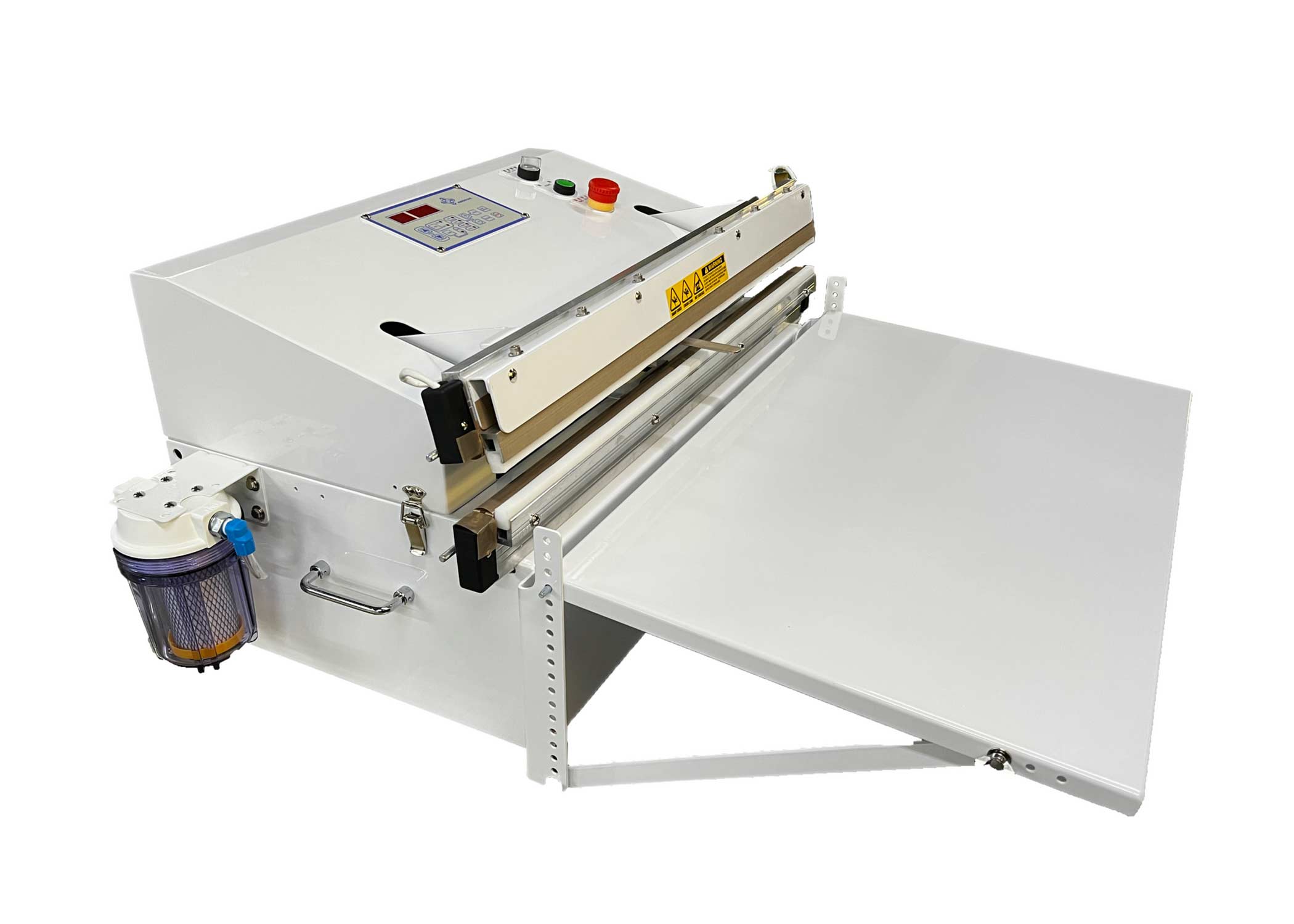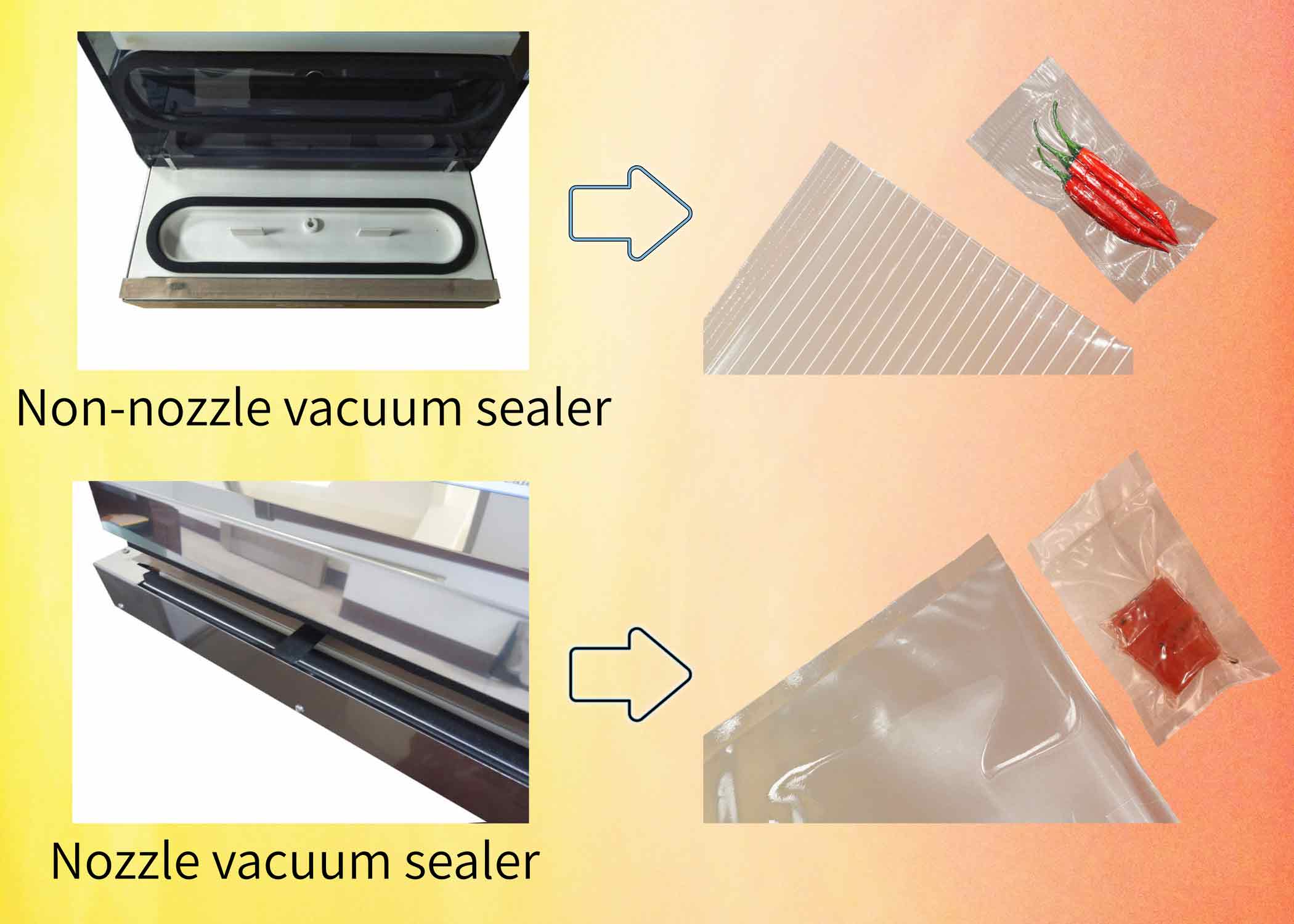Made in Taiwan.
3 printing lines and can put 9 letters per printing line.



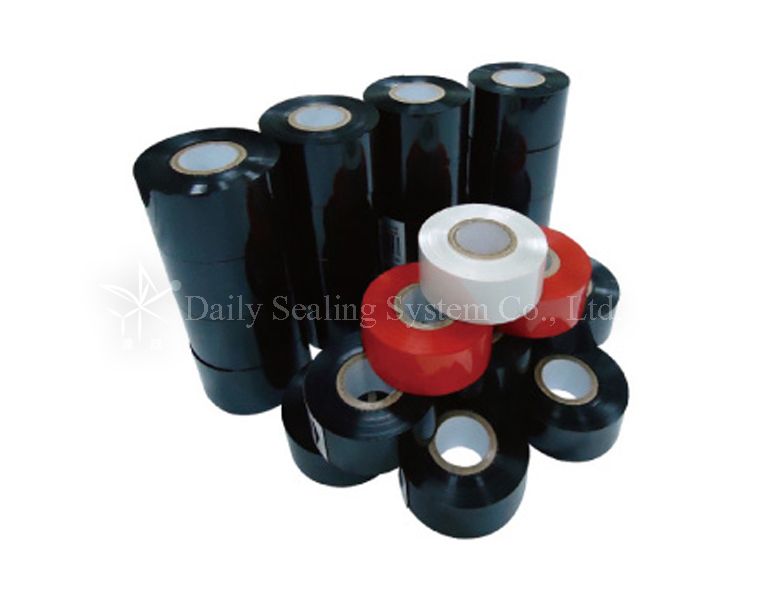
Made in Taiwan.
3 printing lines and can put 9 letters per printing line.
Foot Type Date Coding Machine:
• Made in Taiwan.
• Option of letter setting, changeable of printing direction.
• Printing letters including MFG、LOT、EXP…etc.
• Option of printing lines from 1 to 3.
• Durable of color tape, not easy to discolor.
• Have the coding foil for frozen food using.
• Could be custom made the painting letters, such as company name.
• Suitable for cartons and plastic bag: made of PE, OPP, PVC, aluminum, tinfoil...etc.
• Option:
(1) Added: pneumatic control (air control)
(2) Or added: electromagnet control (auto control).
• One set unit including:
(1) Dating imprinter x 1 set
(2) Painting letter set x 1 box: 0~9, 0. ~ 9. , MFG, EXP, LOT.
(3) Black ribbon foil x 1 roll
(4) Manual operation x 1 set
| Model No. | DS-8F-25 |
|---|---|
| Voltage/Ampere | 110V, 220V |
| Machine weight | 11.60 kgs |
| Machine size | 340 x 340 x 1020 mm |
| Width of ribbon | 25mm |
| Size of letter | 3TC:3.0 x 2.0 mm( H x W ) |
| Number of letters | 3 lines, 9 letters per line |
| Printing area | 8 x 22 mm( H x W ) |
Foot Type Date Coding Machine:
<
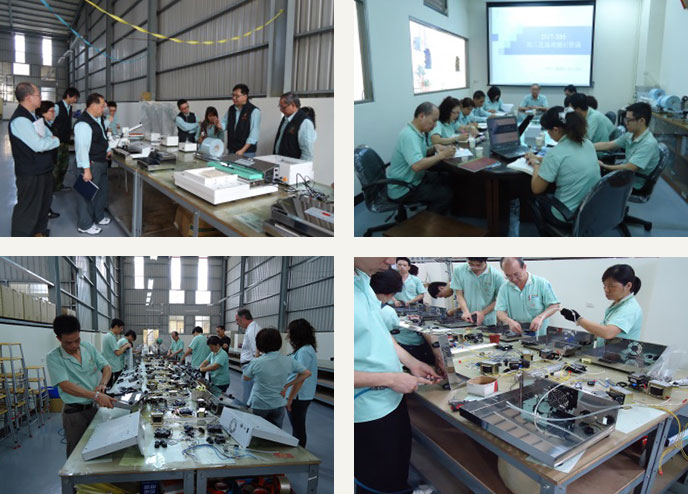
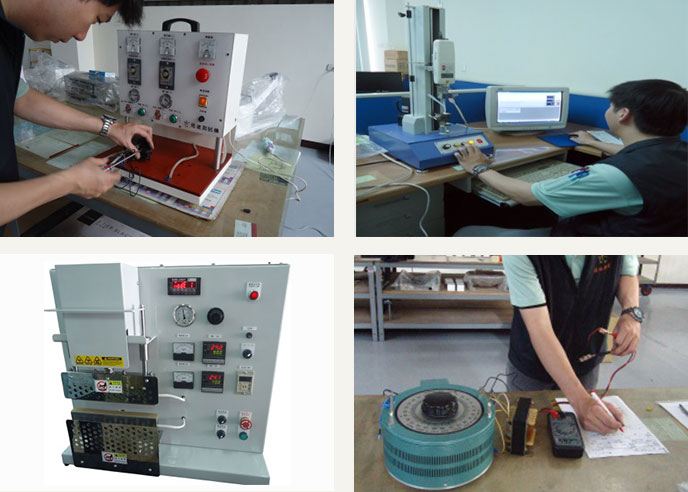
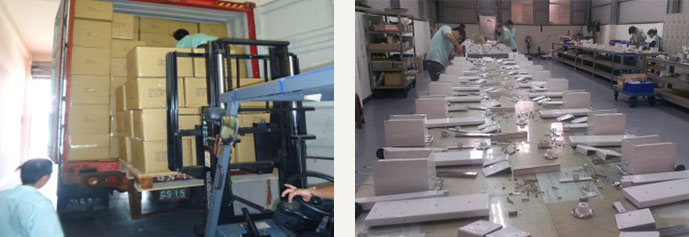
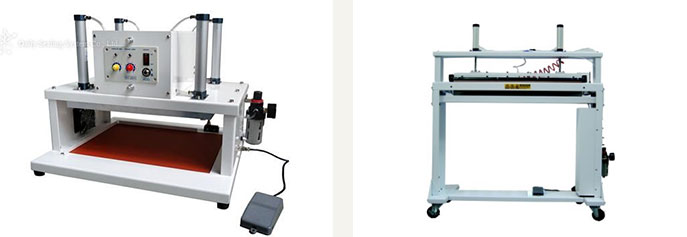
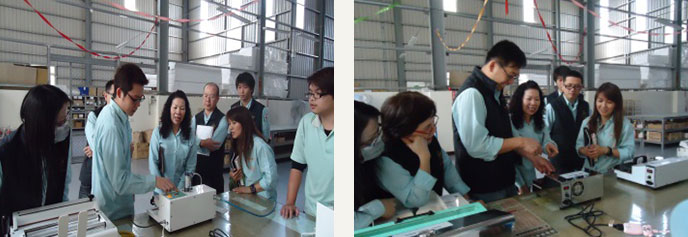
.jpg)
